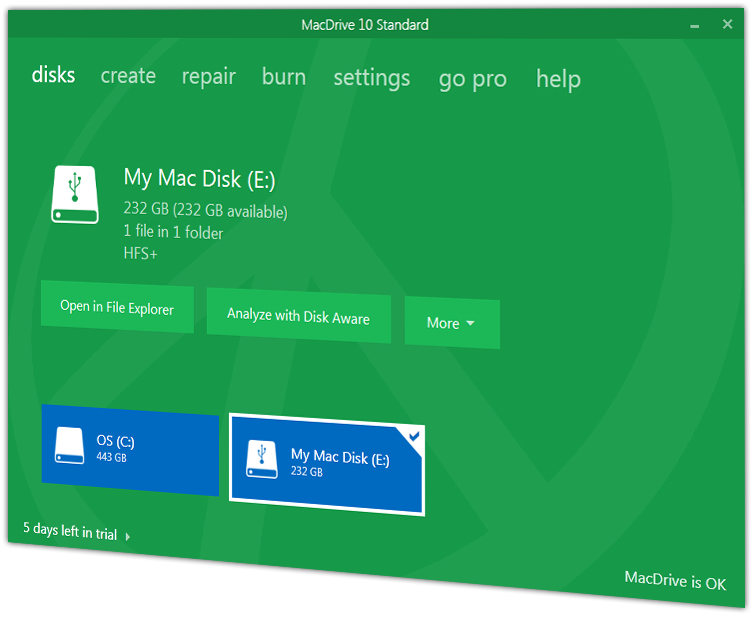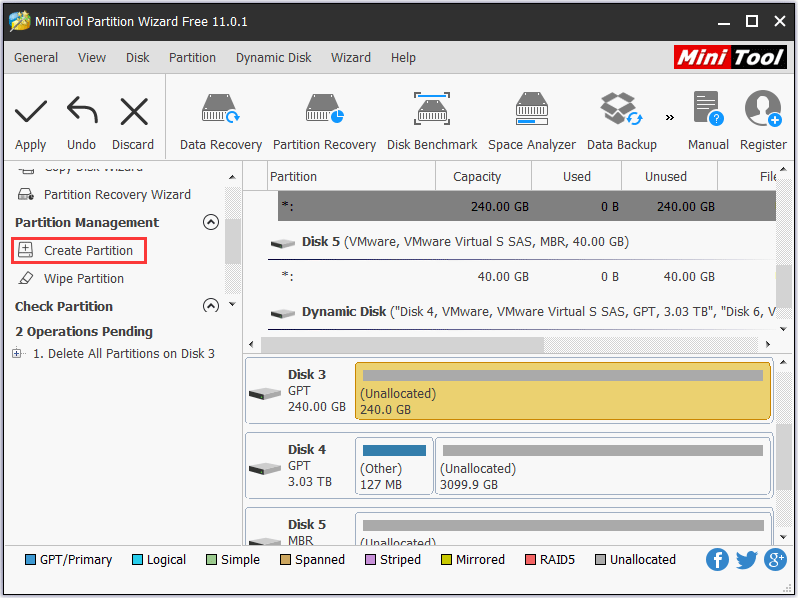

If you don’t want to proceed with partitioning the disk, click Cancel.Īfter the operation finishes, click Done.Īfter you partition a storage device, an icon for each volume appears in both the Disk Utility sidebar and the Finder sidebar. exFAT is a good option if you work often with Windows and Mac computers. If you want to proceed with partitioning the disk, click Continue. The partition uses a file system (for example, ex-FAT, NTFS, and so on). Then you can set up sections for specific things. Are you interested in having just a section of your external hard dedicated to sharing Partitioning allows you to divide a part of your external hard drive for PC and Mac. A partition defines an area of the drive to use for storing data. Partition A Section Of Your Hard Drive For Mac And Windows. Then select the default GUID Partition Map (GPT) scheme.
#Hard drive partition for mac and windows 10 windows 10#
If a dialog appears that indicates it will take a long time to resize the startup volume, read the information in the dialog, then do one of the following: Windows 10 Before you can access a new or formatted drive in your operating system, you need to initialize it first and then create a partition on the drive. You will learn the easiest way to format drive on Mac and Windows as exFAT. Here is the guide towards partitioning hard drive on Windows 10. If you have installed this latest operating system, you need to partition your computer hard drive using Disk management. It is an enhanced operating system that is better than other previous operating systems. Read the information in the Partition Device dialog, then click Partition. Windows 10 is the latest released by Microsoft.

Type a name for the volume in the Name field.įor MS-DOS (FAT) and ExFAT volumes, the maximum length for the volume name is 11 characters.Ĭlick the Format pop-up menu, then choose a file system format.Įnter the size or drag the resize control to increase or decrease the size of the volume. Note: If you click Add Volume instead, you can click the Add button to create an additional APFS volume in the container, or click Cancel to return to the Disk Utility window without making any changes to the storage device.


 0 kommentar(er)
0 kommentar(er)
